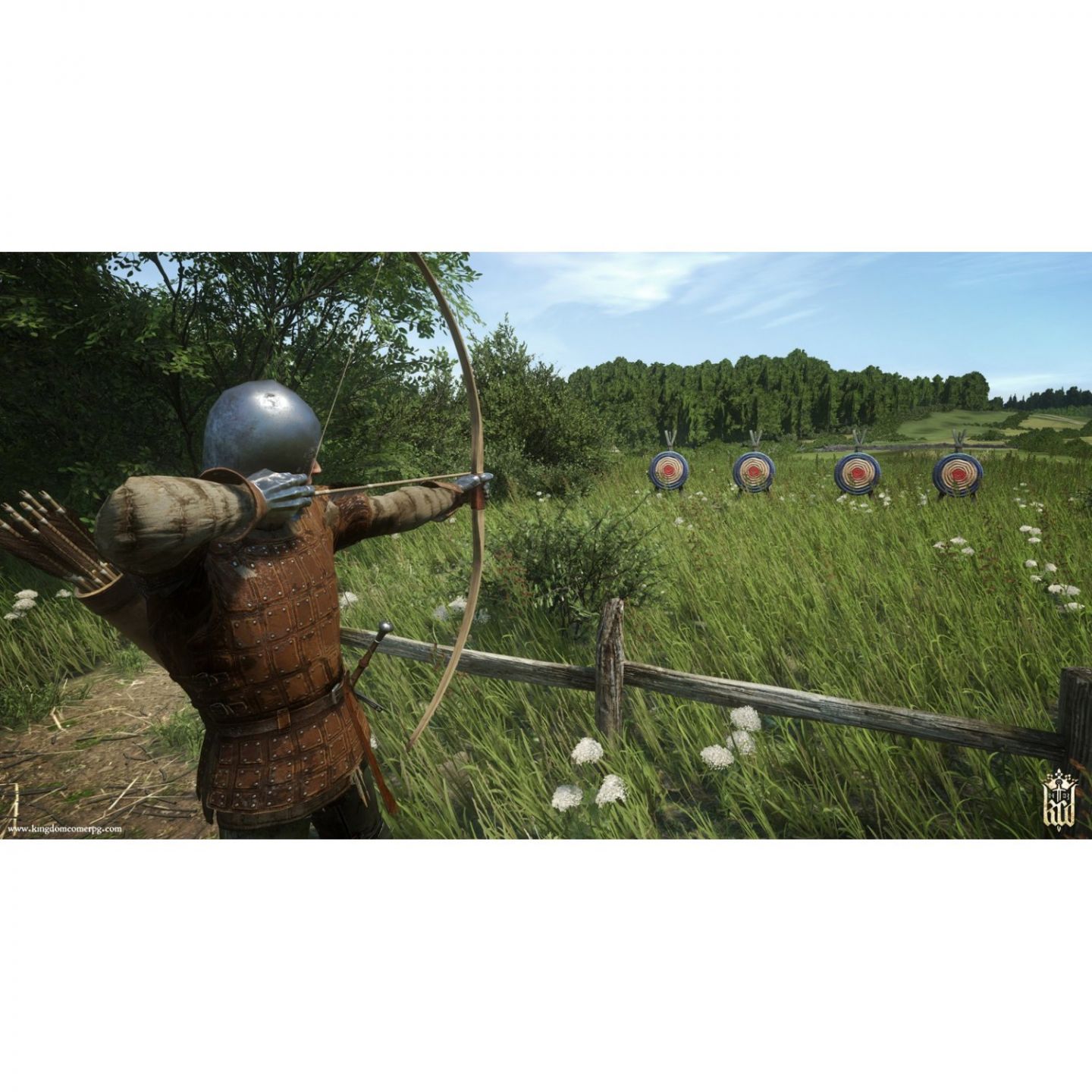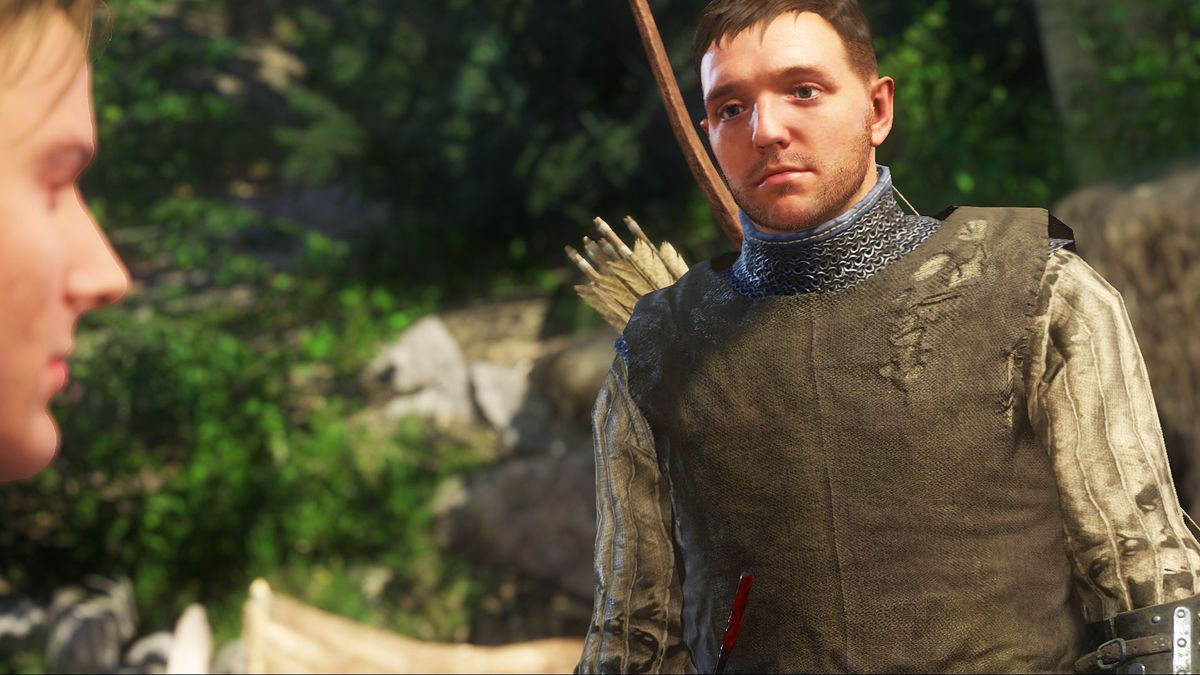
They were often rather long, up to 120 cm (4 ft) and made of European hazel ( Corylus avellana), wayfaring tree ( Viburnum lantana) and other small woody shoots. Mesolithic pointed shafts have been found in England, Germany, Denmark, and Sweden. Bows of Holmegaard-type were in use until the Bronze Age the convexity of the midsection has decreased with time. The Holmegaard bows are made of elm and have flat arms and a D-shaped midsection. In the 1940s, two bows were found there, dated to about 8,000 BP. The oldest definite bows known so far come from the Holmegård swamp in Denmark. They had shallow grooves on the base, indicating that they were shot from a bow.

The arrows were made of pine and consisted of a mainshaft and a 15–20 centimetre (6–8 inches) long foreshaft with a flint point.

They were associated with artifacts of the late Paleolithic (11,000–9,000 BP). Other early indications of archery in Europe come from Stellmoor in the Ahrensburg valley north of Hamburg, Germany. Azilian points found in Grotte du Bichon, Switzerland, alongside the remains of both a bear and a hunter, with flint fragments found in the bear's third vertebra, suggest the use of arrows at 13,500 years ago. The earliest definite remains of bow and arrow from Europe are possible fragments from Germany found at Mannheim-Vogelstang dated 17,500–18,000 years ago, and at Stellmoor dated 11,000 years ago. The Khiamian and PPN A shouldered Khiam-points may well be arrowheads. In the Levant, artifacts which may be arrow-shaft straighteners are known from the Natufian culture, (ca. 12,800–10,300 BP) onwards. īased on indirect evidence, the bow seems also to have appeared or reappeared later in Eurasia around the Upper Paleolithic. In the Sahara, Mesolithic rock art of the Tassili plateau depicts people carrying bows from 5,000 BP or earlier. Remains of these creatures were found in the same sediment as the bone points." Īt the site of Nataruk in Turkana County, Kenya, obsidian bladelets found embedded in a skull and within the thoracic cavity of another skeleton, suggest the use of stone-tipped arrows as weapons about 10,000 years ago. "Bow-and-arrow hunting at the Sri Lankan site likely focused on monkeys and smaller animals, such as squirrels. The earliest probable arrowheads found outside of Africa have been discovered in 2020 in Fa Hien Cave, Sri Lanka.

The oldest known evidence of arrows comes from South African sites such as Sibudu Cave, where likely arrowheads have been found, dating from approximately 72,000–60,000 years ago, on some of which poisons may have been used. Prehistory Paleolithic and Epipaleolithic


 0 kommentar(er)
0 kommentar(er)
